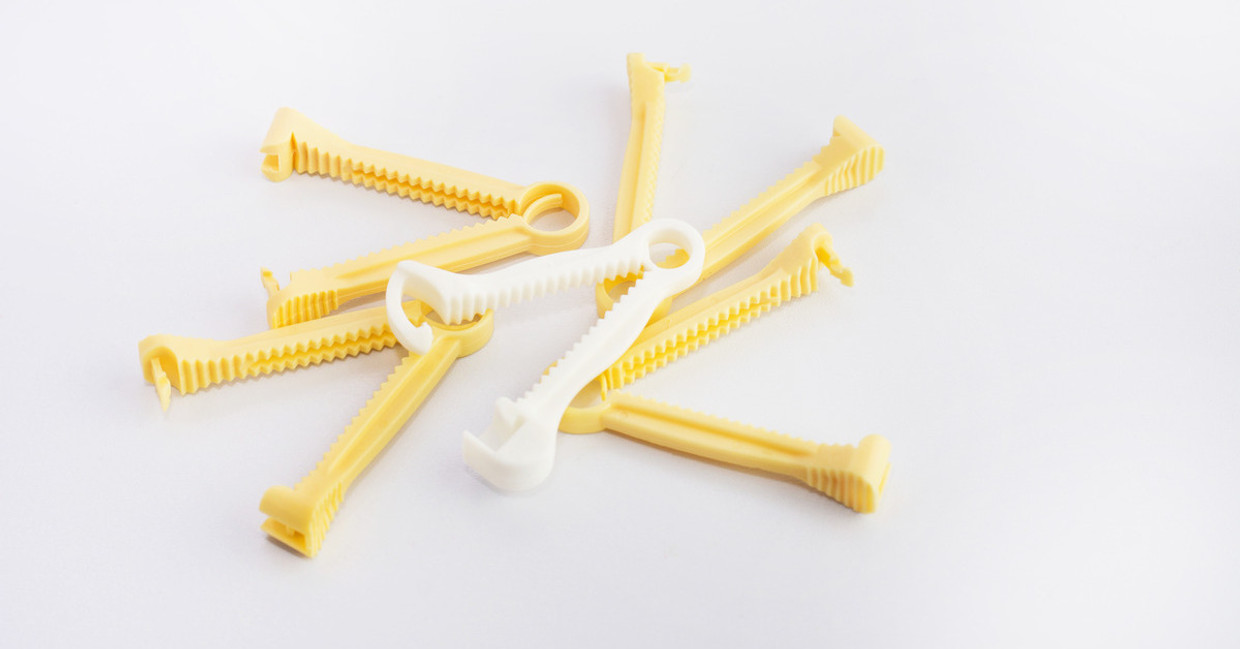5 Tools and Techniques for Clamping Umbilical Cords
Clamping the umbilical cord ensures a newborn’s safe transition to independent circulation. It prevents excessive blood loss, reduces infection risk, and aids proper healing. Healthcare professionals use various tools and techniques that are adaptable to any environment. We’ll explore five tools and techniques for umbilical cord clamping to suit diverse medical needs.
Cord Clamps
Cord clamps are one of the most widely used tools for securing the umbilical cord after delivery. Made from sterile plastic or metal, these clamps are designed to securely seal the cord to prevent blood flow. Their lightweight, easy-to-use design makes them an essential tool in most healthcare settings.
Cord clamps are especially effective because they minimize the risk of infection. Once applied, they stay securely in place, ensuring a hygienic and reliable solution for both vaginal and cesarean deliveries. Popularly used in hospitals and maternity wards, cord clamps are available in various sizes, making them versatile enough to suit any delivery scenario.
Cord Ties
For professionals working in under-resourced settings, cord ties offer a practical and cost-effective alternative to plastic clamps. These sterile cotton or silk threads are simple yet reliable tools to stop blood flow in the umbilical cord.
Cord ties are valued for their affordability and ease of use, particularly in rural healthcare centers or midwifery practices. While they lack the rigid grip of plastic clamps, proper application of a cord tie is just as effective. Ties are lightweight, compact, and easy to transport, ensuring they’re always on hand when needed.
Hemostatic Clamps
Hemostatic clamps are surgical tools typically used during the initial moments after birth to pinch the cord and halt blood flow temporarily. Unlike cord clamps, these are reusable and are often used by obstetricians or midwives during delivery until the cord is ready to be tied or clamped permanently.
Hemostatic clamps are especially valuable because of their precision. Healthcare professionals can apply them safely and efficiently, offering the flexibility to manage complex deliveries. Though they’re not a long-term solution, they allow valuable time for the next steps in the clamping and cutting process.
Thermal Cauterization
Thermal cauterization is a more advanced technique that uses specialized heat devices to seal the umbilical cord. Applying heat stops blood flow and reduces the risk of bleeding and scarring while creating a neat sealing point.
This method is advantageous in sterile, controlled environments like hospitals and birthing centers. Thermal cauterization is quick and effective but requires specific devices and training, making it less feasible in low-resource settings.
Sterile Cord Scissors and Compression
Another effective method involves using sterile cord scissors, followed by immediate manual cord compression with sterile gauze to stop blood flow before clamping. This approach is ideal when neither cord clamps nor ties are immediately available.
Combining cutting and compression provides a temporary solution until the cord can be securely clamped or tied. It ensures safety and efficiency, particularly in emergencies or unplanned home deliveries.
Prioritizing Safe and Effective Cord Clamping
Umbilical cord clamping is critical in ensuring a safe start for newborns, whether using cord clamps in hospitals or cord ties in rural settings. Understanding tools and techniques for umbilical cord clamping and staying updated on advancements allows healthcare professionals to provide the best care.
If you want to prioritize safe and effective cord clamping, check out Cascade Health Care’s medical products online. We offer a curated selection of essential tools for safer deliveries.
Recent Posts
-
Must-Have Tools and Instruments for Obstetric Care
Obstetric care demands a unique blend of clinical expertise, intuitive patient management, and preci
-
Positions for Out-of-Bed Laboring During a Home Birth
For midwives, doulas, and other healthcare professionals who attend home births, facilitating a safe



